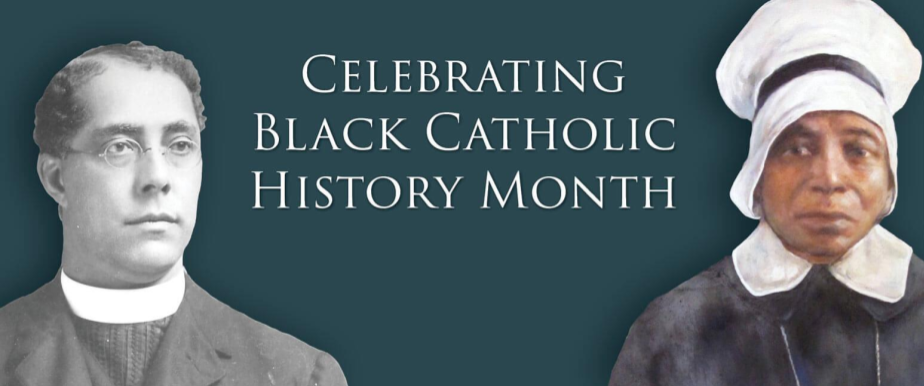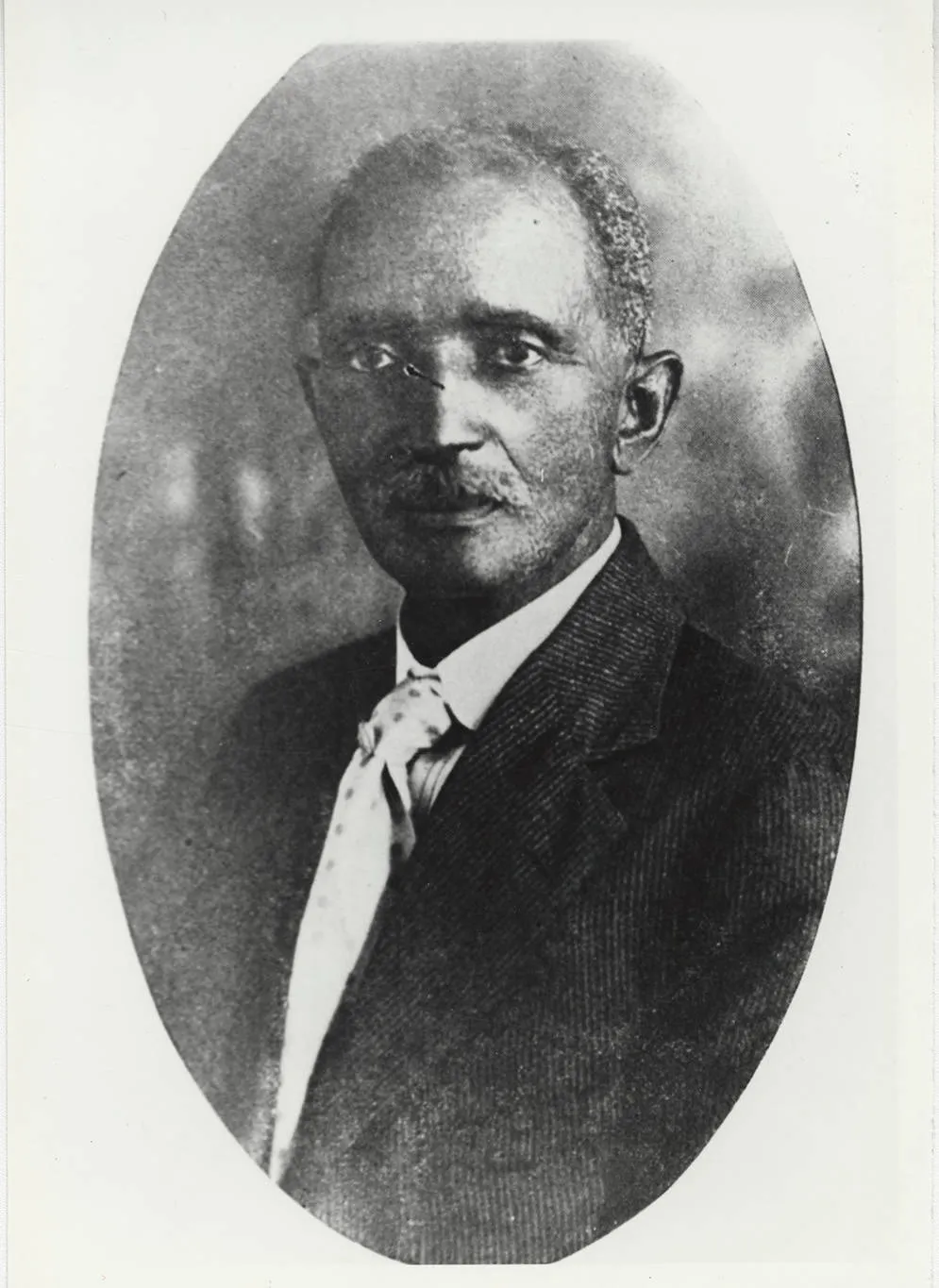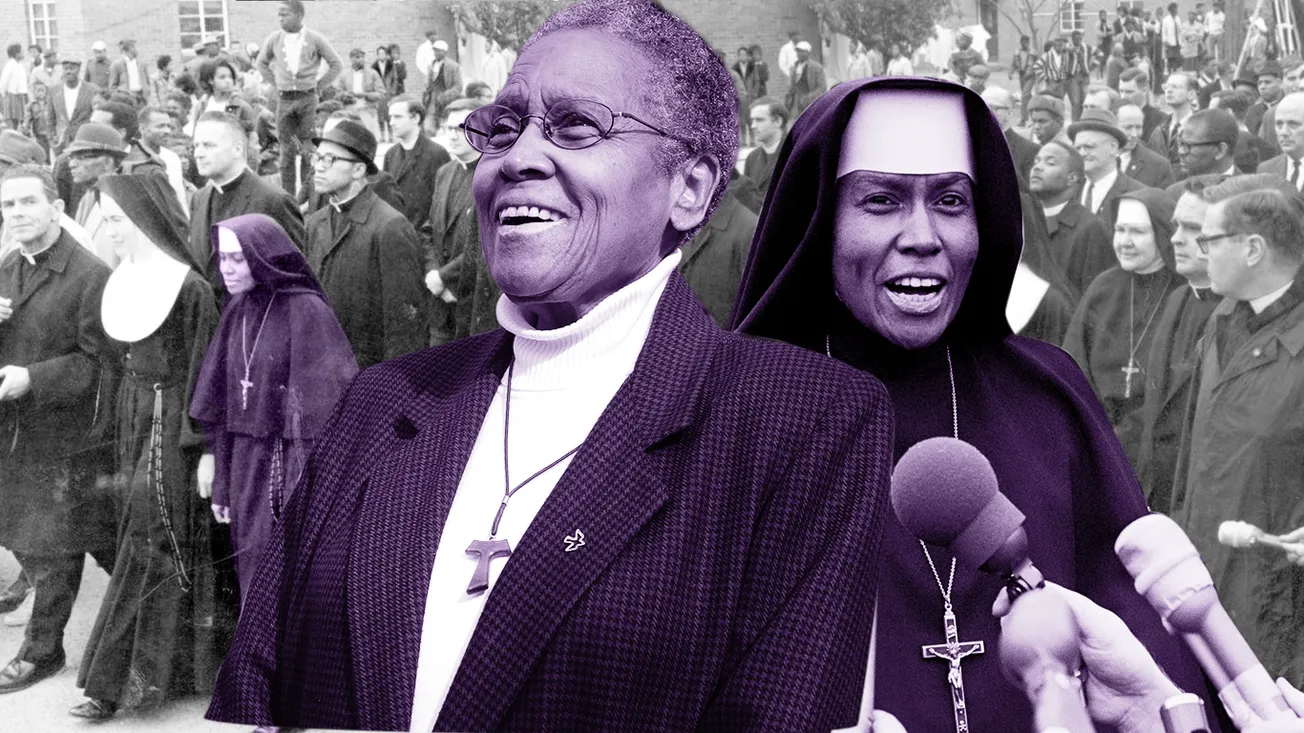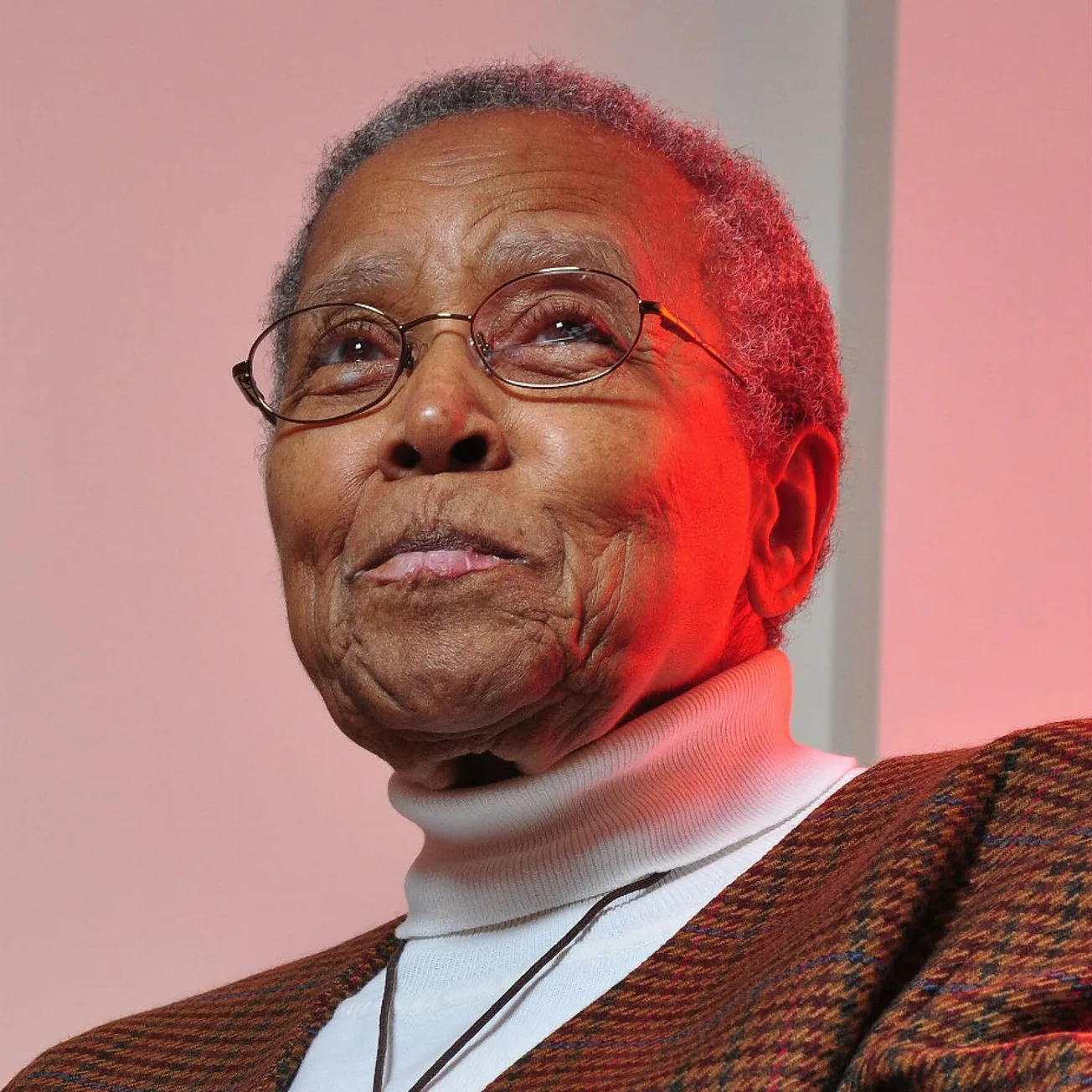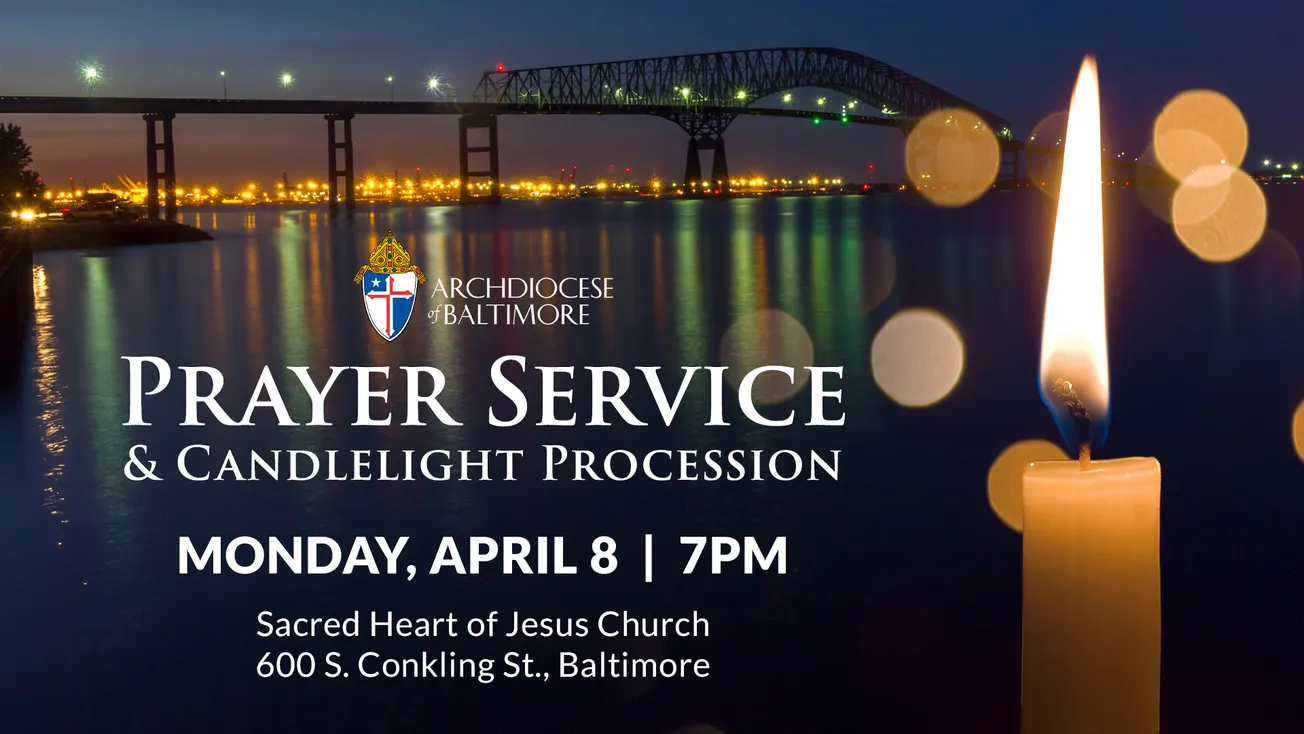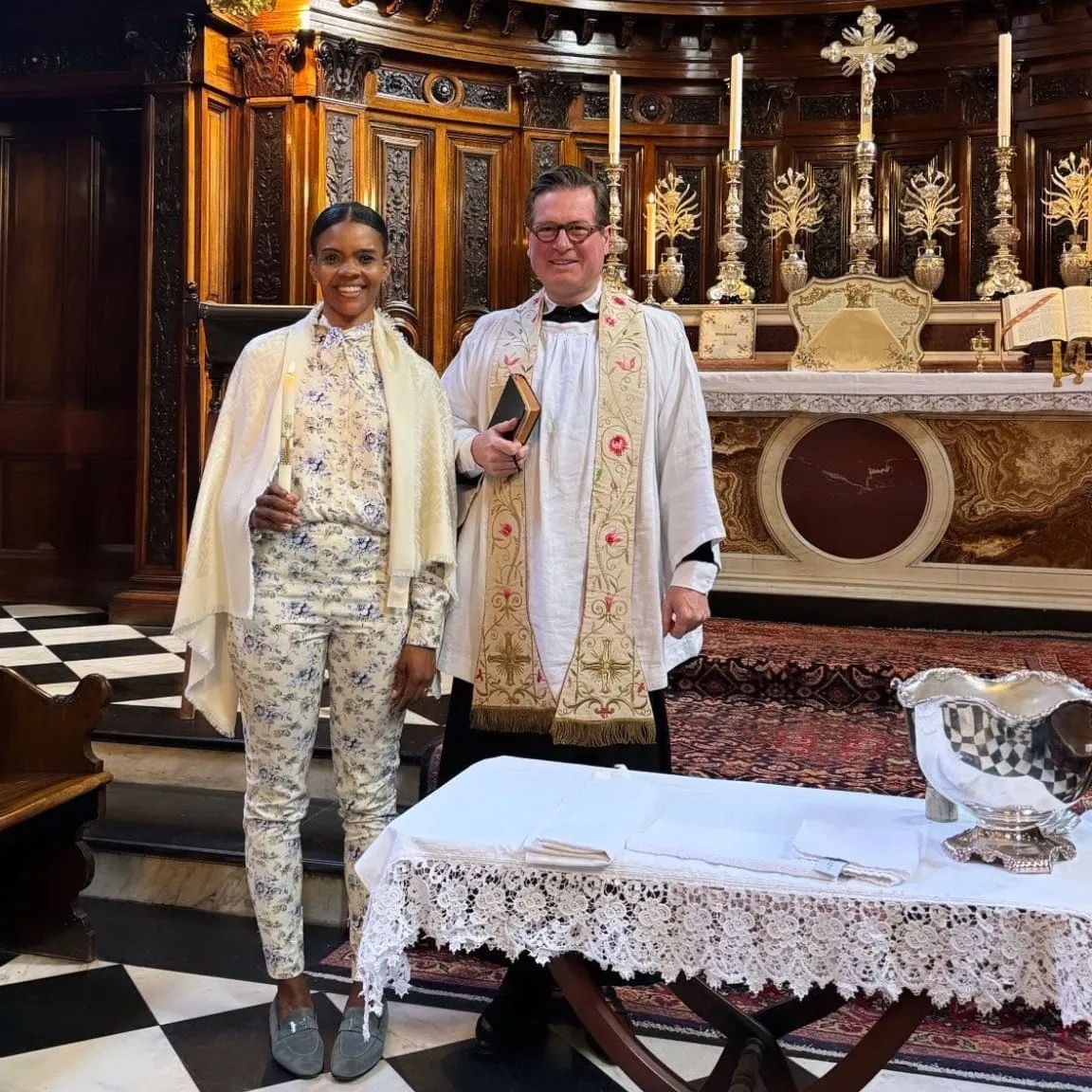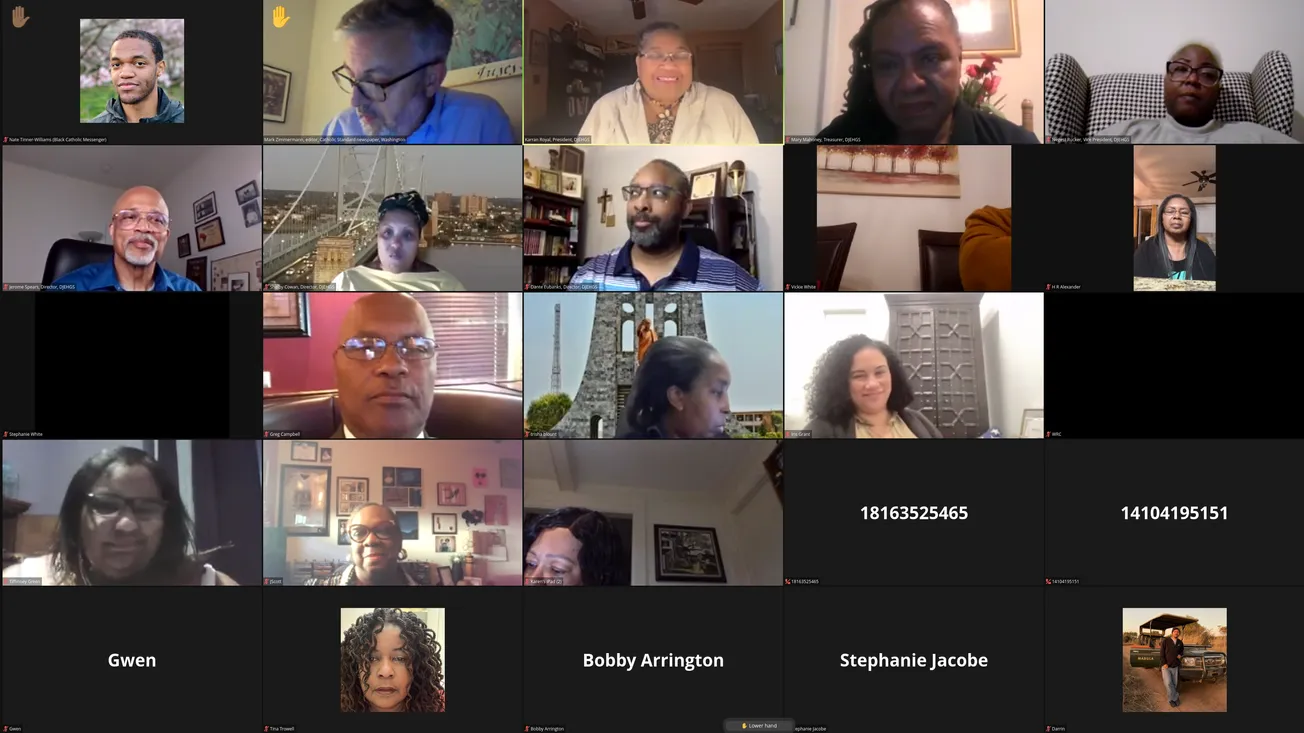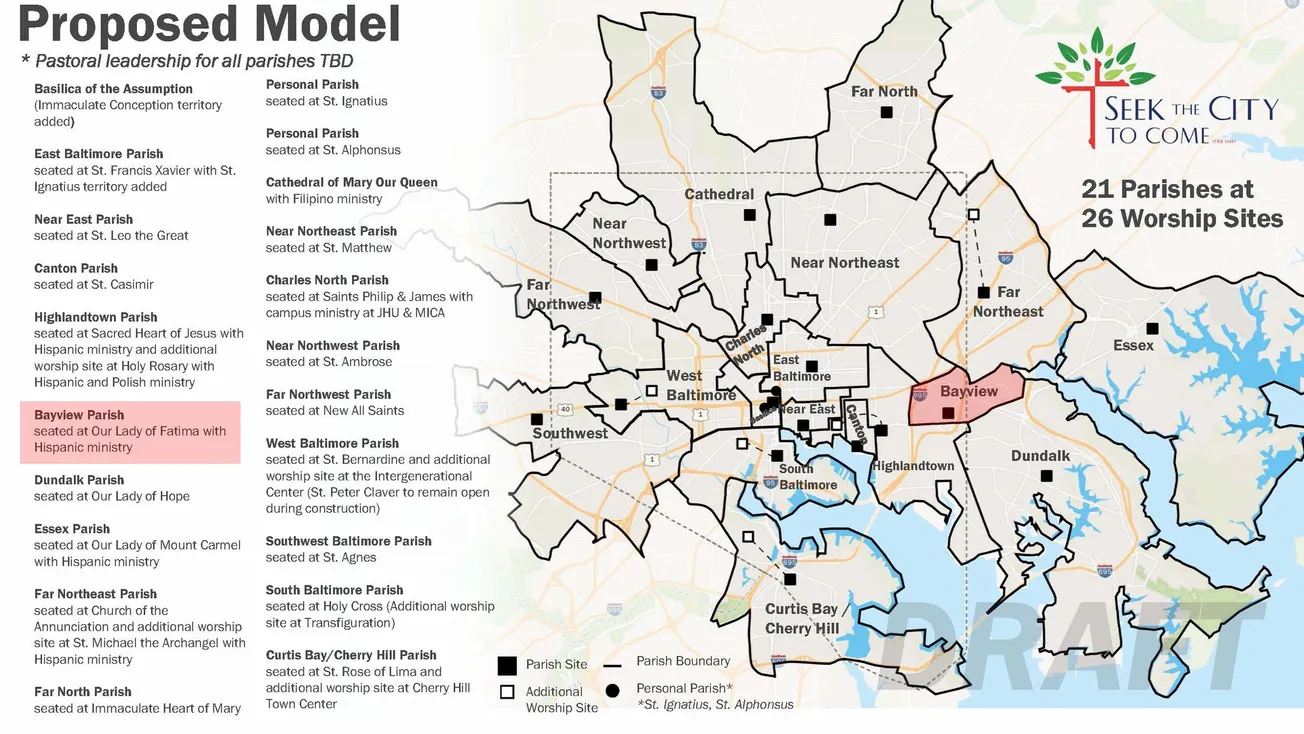Daniel Rudd, the groundbreaking Black Catholic journalist and activist, is getting another historical marker—this time in Springfield, Ohio, the home of his early adulthood.
Deacon Royce Winters, head of the Black Catholic ministry for the Archdiocese of Cincinnati, announced the news on Facebook Wednesday morning, with the details for an installation ceremony on December 5th at St Raphael Catholic Church.
The parish, Springfield’s oldest, was Rudd’s during his time in the city, including in 1885 when he founded his first newspaper, the Ohio Tribune—said to be the first newspaper published by and for the Black community, as Rudd owned his printing operations.
He had moved to Springfield as a young adult shortly after the Civil War, from his hometown of Bardstown, Ky.
A memorial marker there, at his gravesite in St Joseph Cemetery, was dedicated by Louisville’s Archbishop Joseph Kurtz on All Saints Day last year.
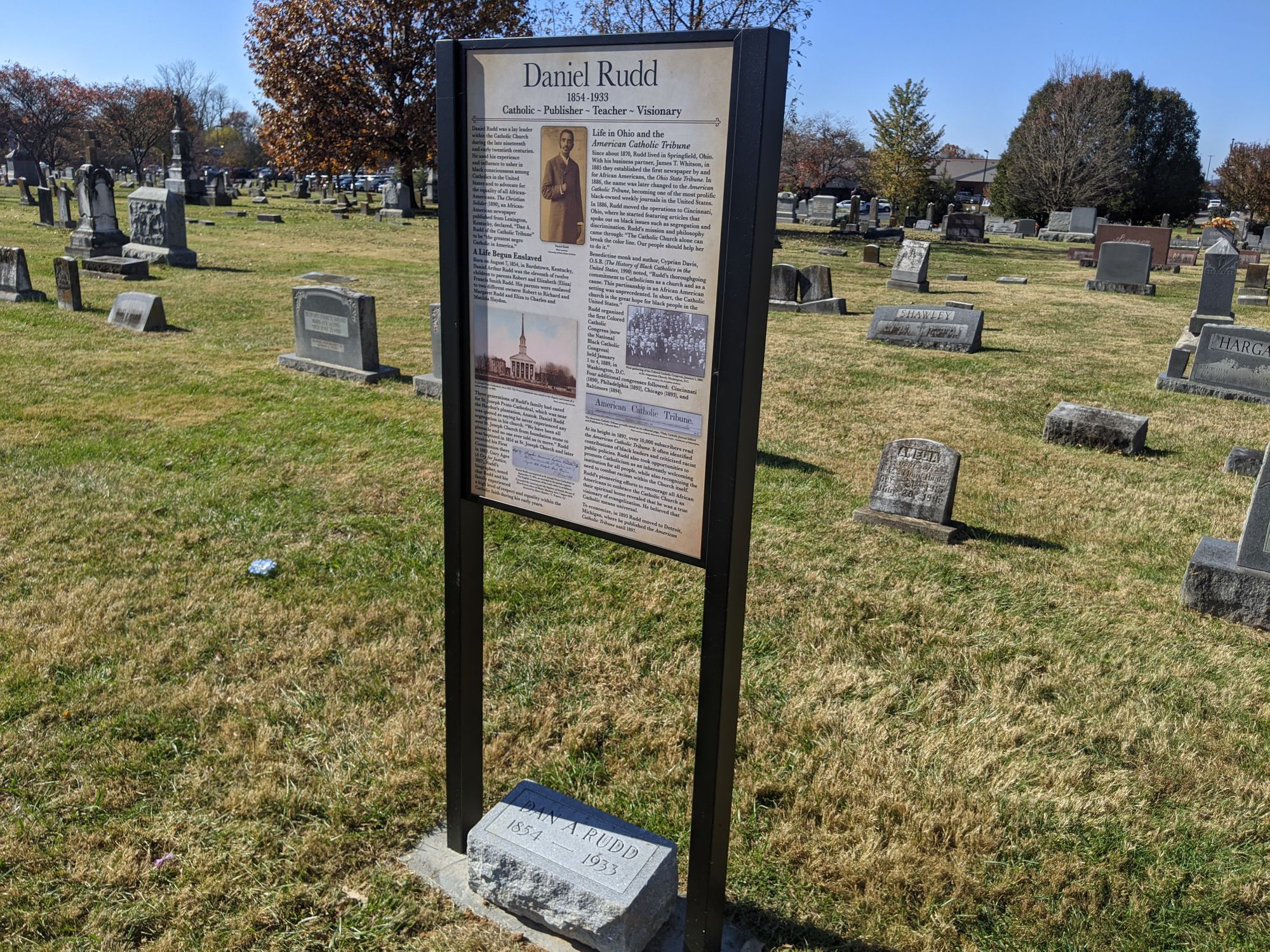
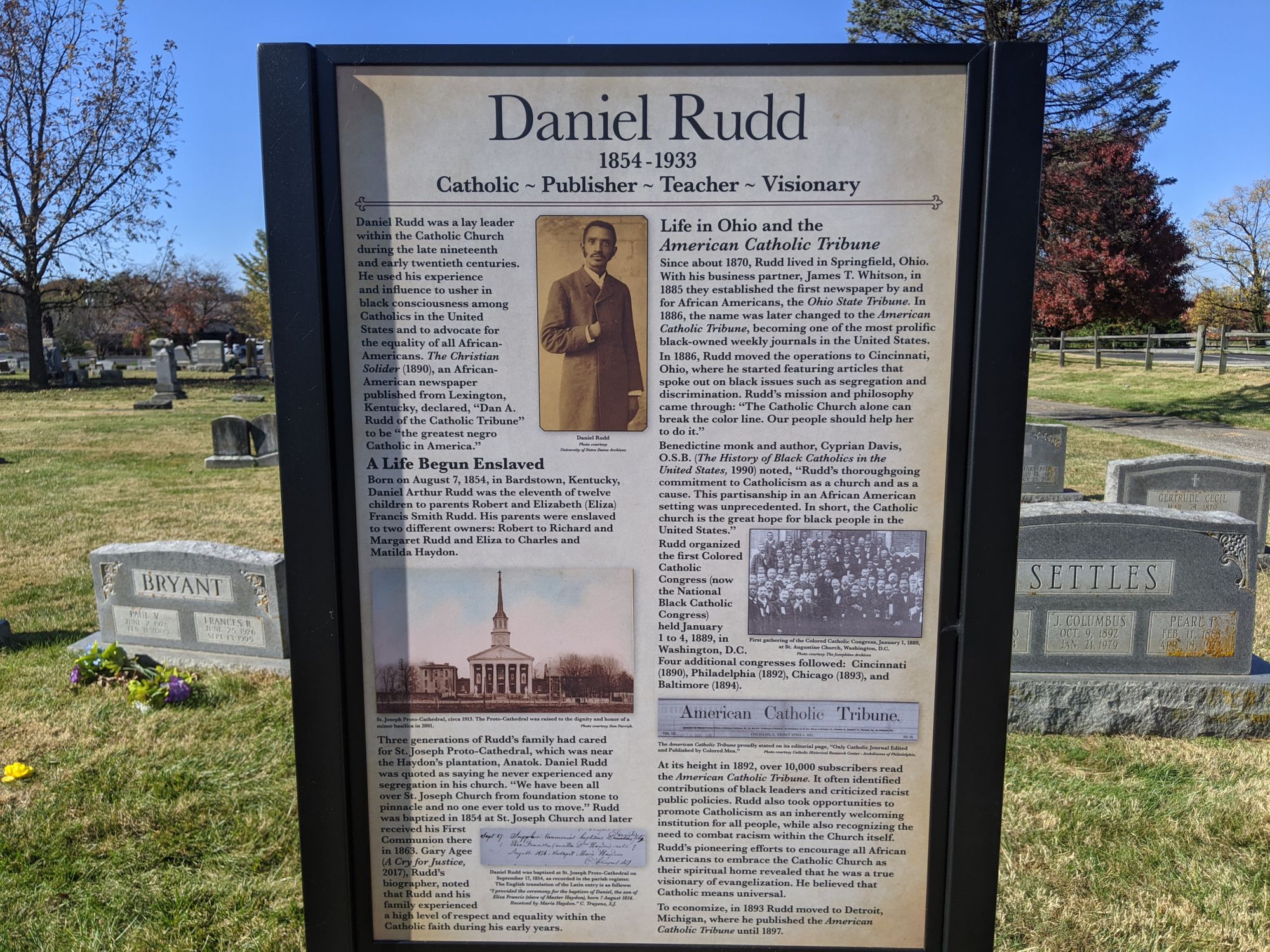
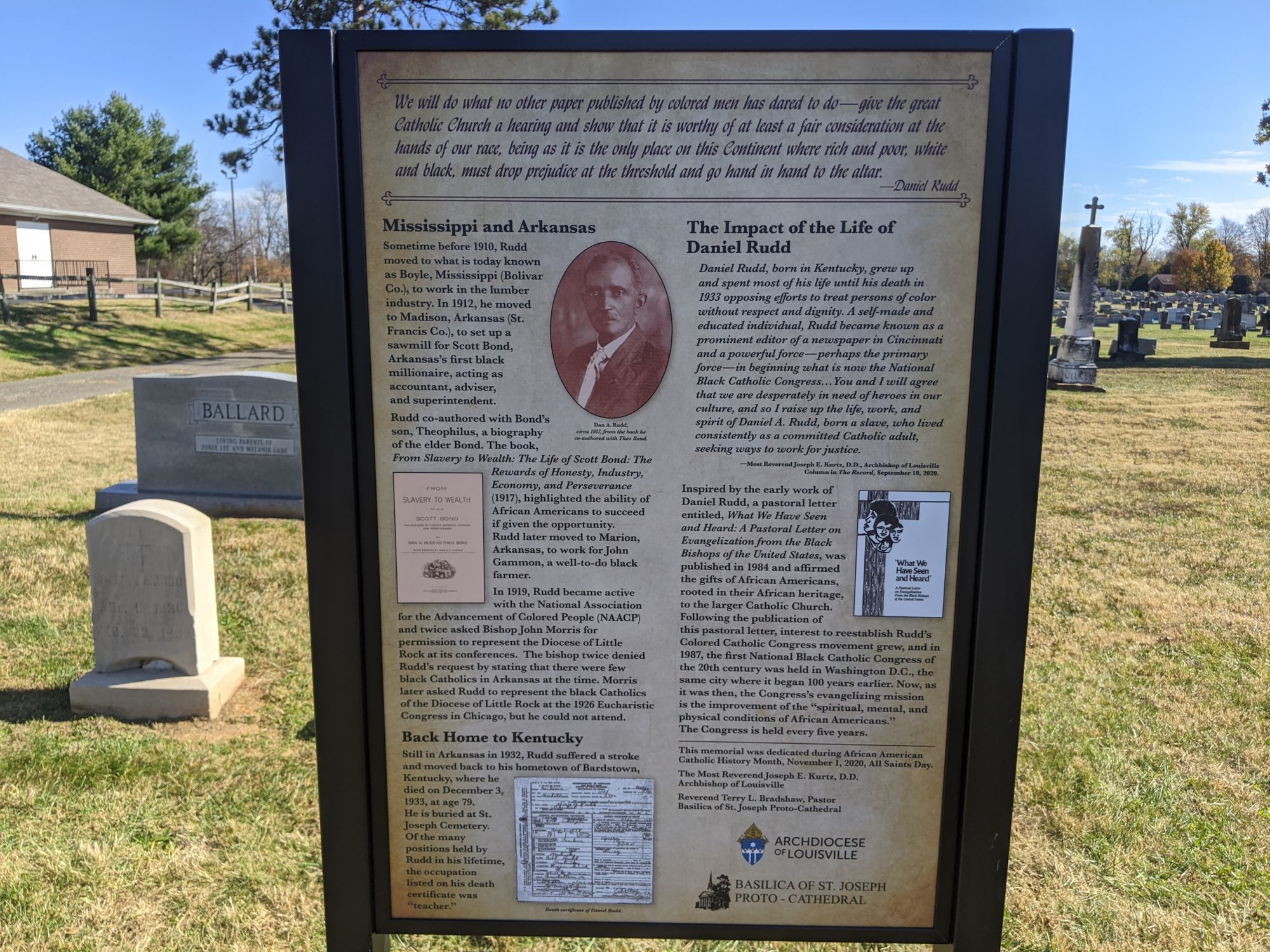
Rudd battled anti-Catholicism and anti-Blackness alike, helping to desegregate Springfield’s schools in his activism alongside other Black leaders, while simultaneously pushing Catholicism (and Catholic education) as a salve for the “materialism and unbelief” of his time, especially among the youth.
His journalism also reflected these emphases in increasing measure, and following a move to Cincinnati in 1886, his paper went national as the American Catholic Tribune and began to more fully advocate for Civil Rights.
The paper also maintained its focus on advocating for the Catholic Church as a viable option for African Americans.
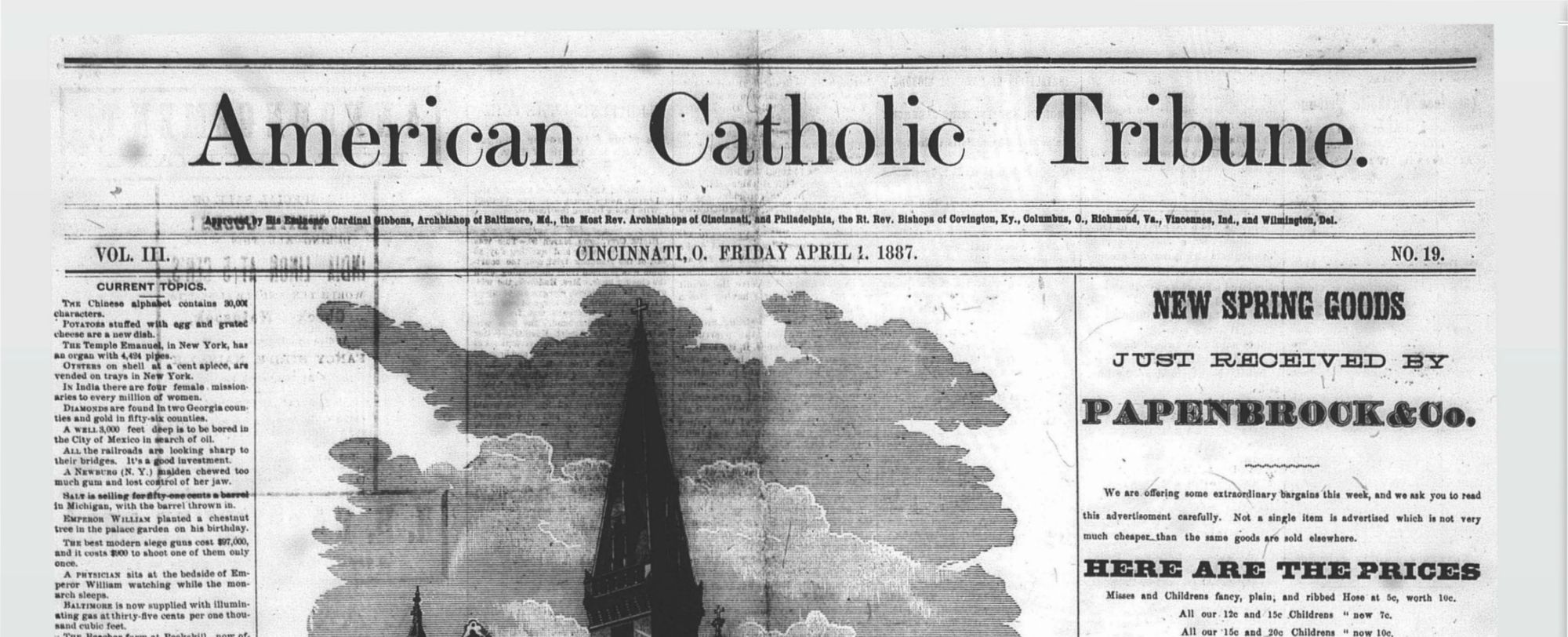
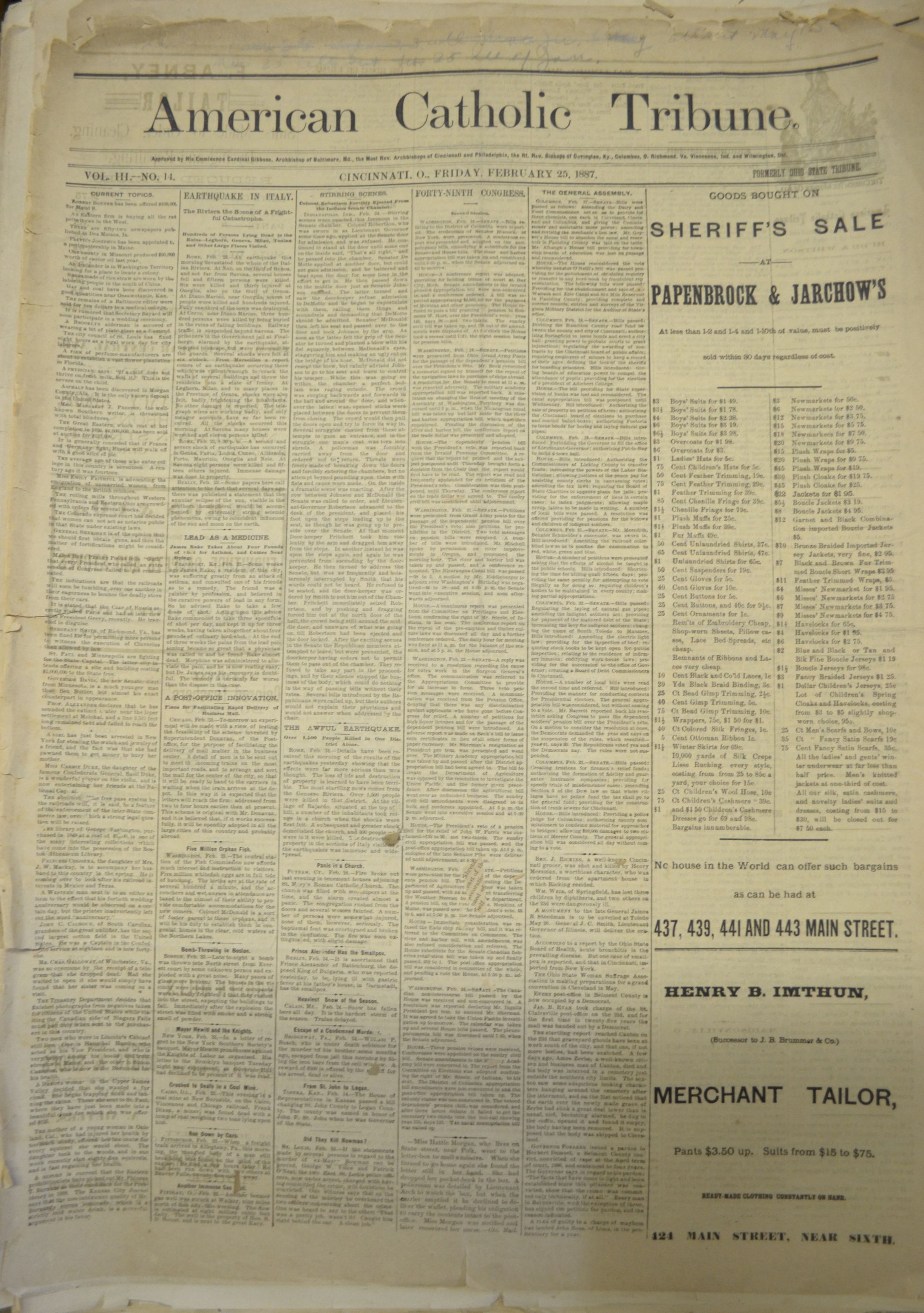
Rudd later used the paper to promote the idea of a national gathering of Black Catholic men, which came to fruition in 1889 as the Colored Catholic Congress. Their first meeting would take place in Washington DC that year, with topics such as education and self-determination looming large.
They would meet for four more congresses, held in various northern cities, before disbanding in 1894.
The Tribune itself reached a circulation of 10,000 by 1892, before an economic recession in 1897 caused it to cease operations as well.
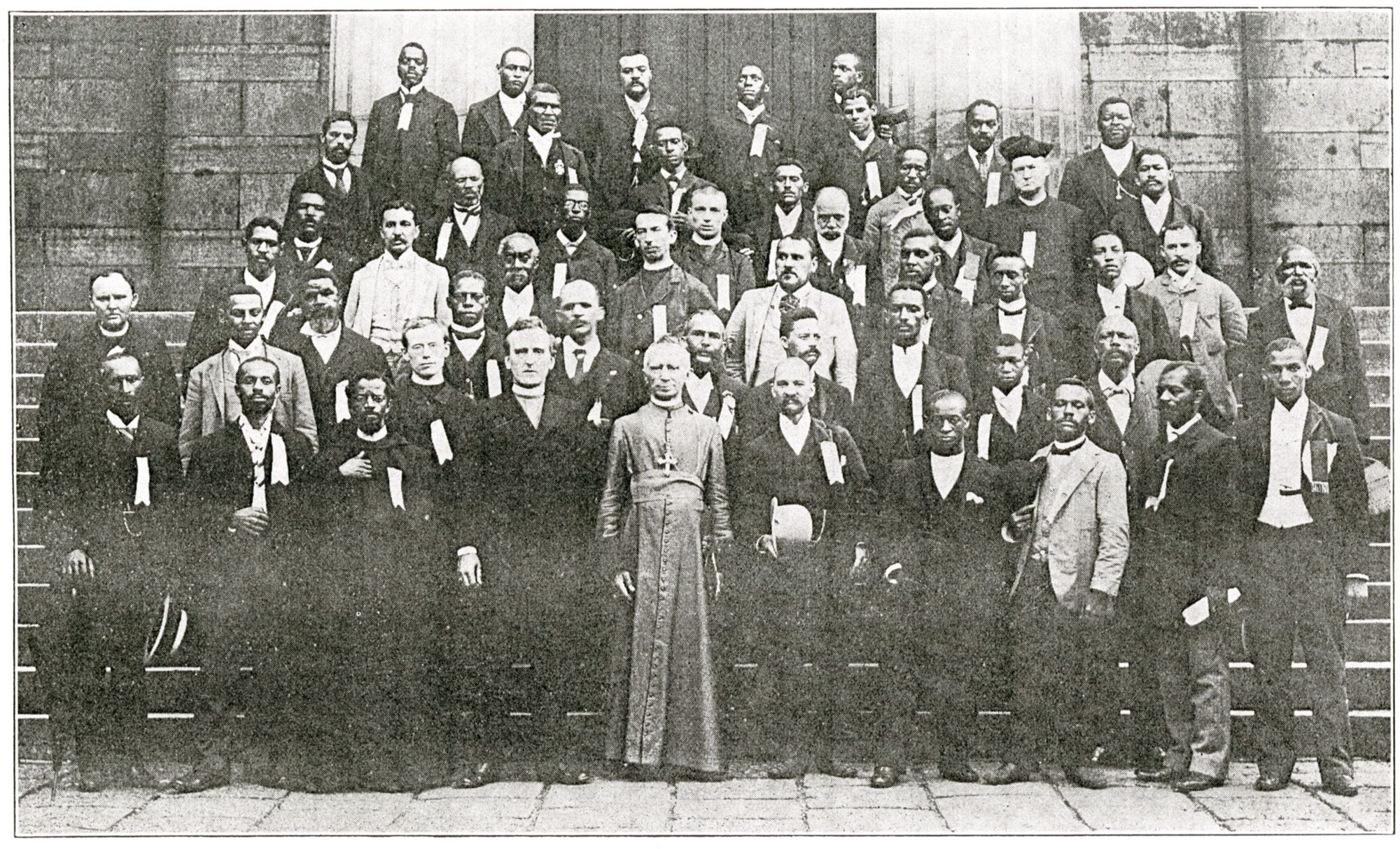
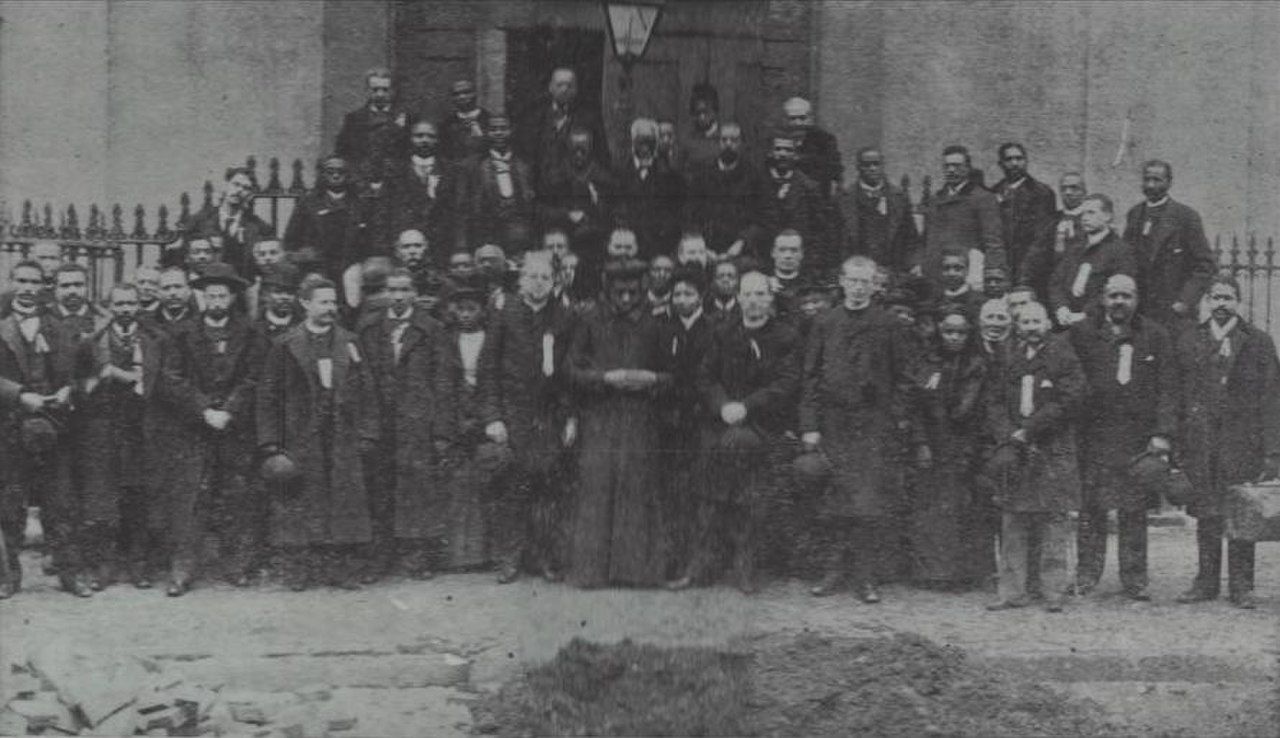
Rudd later moved to the South, eventually working for Arkansas’ first Black millionaire, Scott Bond (and later co-authoring the business tycoon’s biography).
Rudd suffered a stroke in 1932, and died in Bardstown the next year at the age of 79.
Since the publishing of two books on Rudd’s life by Dr. Gary Agee (in 2011 and 2017), Rudd’s story has become more known, and his legacy lives on most prominently in the National Black Catholic Congress, founded in 1987 as a successor to Rudd’s movement from a century before.
Next month’s installation of Rudd’s historic marker in Springfield will take place at 12:30pm ET at St Raphael, following the 10:30am Sunday Mass, a parish luncheon, and a short procession to the marker site at the northeast corner of the parish property.
Questions concerning the event should be directed to the parish.
Nate Tinner-Williams is co-founder and editor of Black Catholic Messenger, a seminarian with the Josephites, and a ThM student with the Institute for Black Catholic Studies at Xavier University of Louisiana (XULA).
Want to support our work? You have options.
a.) click to give on Donorbox
b.) click to give on Facebook
